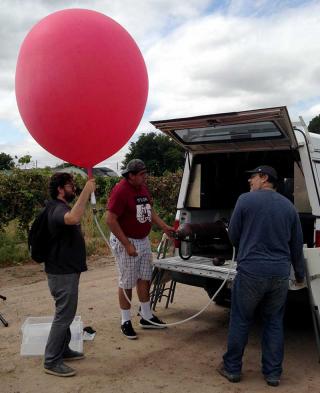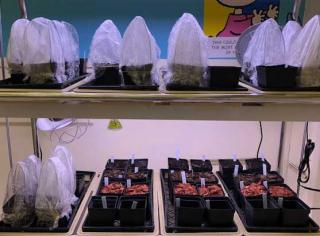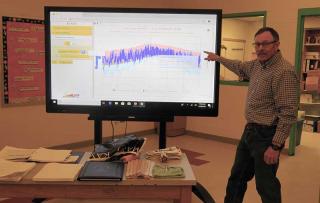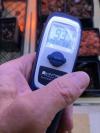Authors and Acknowledgements
The curriculum was developed by the following NMSU Faculty
- Dr. Thomas Dormody: Regents Professor, Agricultural and Extension Education
- Dr. Peter Skelton: Professor and Director of the ERYASC, 4-H Youth Development
Special thanks go to:
- Dr. David DuBois: NMSU College Associate Professor and State Climatologist, Plant and Environmental Sciences - content assistance
- Gabrielle Rodriguez: former NMSU graduate student in Agricultural and Extension Education - accessibility assistance
- Teachers Margaret Lewis, Crystal Rougemont, and Melissa Vigil: Memorial Middle School, Las Vegas, NM - facilitating the pilot testing of lesson activities and the full curriculum in their classrooms
- NMSU Students Enrolled in AXED 484: “Methods of Teaching Biological, Earth, and Physical Sciences in Agriculture” 2015-2018 - piloted various elements of the lesson plans
Funding for the development of this curriculum was provided by the New Mexico Agricultural Experiment Station, National Institute for Food and Agriculture, USDA; New Mexico Cooperative Extension Service, and The Enchanted Life Foundation.

Sending up a balloon to get greenhouse gas and air pollution data for a local area (Lessons 2 and 4).

The greenhouse effect (Lesson 2) and mulching (Lesson 5) experiments under fluorescent lights and heat lamps.

A graph of record low and high daily temperatures that can be produced with local weather station data from the NOAA Regional Climate Centers database (Lesson 4).

A hand-held infrared thermometer for measuring surface temperatures (Lesson 5)